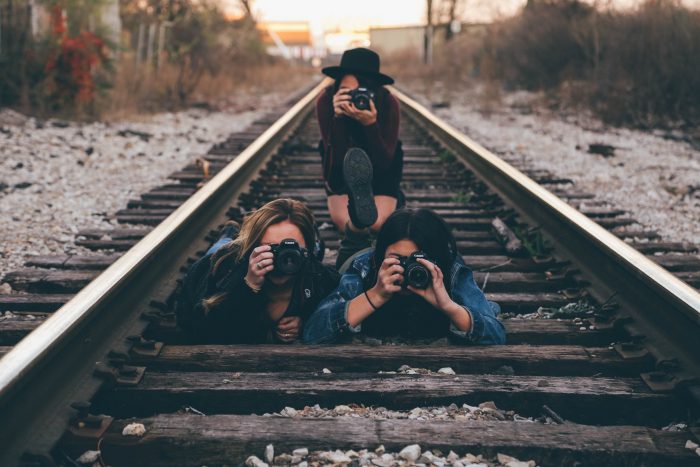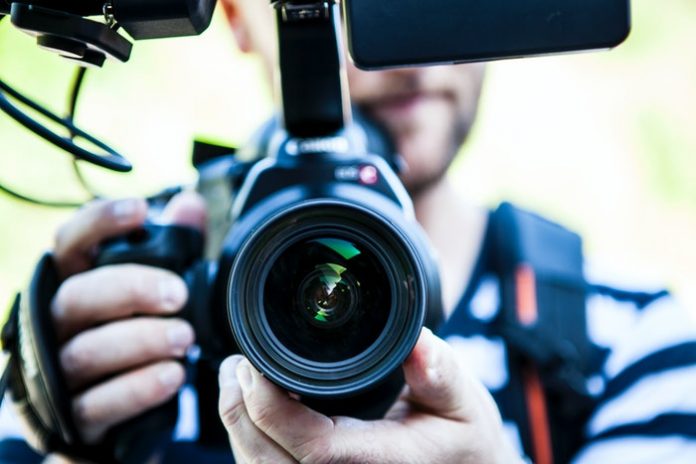Between all the advanced photography equipment and the multiple, high-quality cameras on every smartphone out there, the demand for better quality photos has risen dramatically. This puts more pressure on professional photographers to capture perfect photos. Unlike what most people think, being a photographer is about more than just taking a pretty picture or mastering all technical aspects of photography. It takes so much more than that to be a great photographer.
While your technical skills do, indeed, matter, your unbound creativity and good attention to detail are also quite important. So whether it’s a hobby, a career interest, or just a fun way for you to document your life, this guide will give you a closer look at how photographers take better pictures. Hopefully, you will pick up a thing or two along the way.
They Choose the Right Compositions
To a photographer, the composition is the artistic dimension where the main subject lives inside the photo. It’s about framing the picture in a way that adds context and conveys a meaning or an emotion to the viewer. Although in many cases, the composition depends mostly on the photographer’s personal taste and creativity, professionals need to learn how to think deliberately and intelligently about what to include in a picture and why.
Whether they choose to follow or break them, there are certain universal rules and principles that every photographer should know, such as the rule of thirds. This basic principle tells them to imagine that the frame of the picture is divided into nine equal parts like a tic-tac-toe board, and try to position any important compositional elements along the intersection of those dividing lines.
They Practice Whenever and Wherever They Can

As with everything else in life; if you want to get good at photography, you have to work hard at it. After all, Steve McCurry didn’t take his famed “Afghan Girl” photo on his first try. Not even he was born that perfect! The lifelong photography enthusiasts at shootsearcher.com advise that photographers need to practice whenever and wherever they can in order to take better pictures.
This is especially important if they’re covering a once-in-a-lifetime event like a wedding, for example, where there is no room for error. Even the most experienced photographers should practice their posing techniques before the event. This way, they can try different compositions from different angles to see which works best and guarantee that the final pictures they take on the big day will be flawless.
They Find Fresh Perspectives
A big part of standing out as a photographer has to do with finding a fresh perspective for their photos. This also comes with practice; the more they play around with the camera, the more they will start to notice things that other people don’t. A great photographer isn’t afraid to push the boundaries of the ‘rules’ of photography by getting closer and looking at things differently. In doing so, they are able to see opportunities for unique photos that others may easily miss.
They Know How to Utilize the Light
Next to the subject, the most important element in any picture is the light. How a photographer uses light can drastically affect how an image turns out.
Those who take great pictures always consider the following elements before clicking that shutter-release button:
- Is the subject and/or scene properly lit?
- Is the light setup reflecting the mood they initially wanted for this picture?
- Is it appropriate for the subject and/or scene?
- Does it highlight the subject and/or scene, or is it taking away from it?
The answers allow them to determine whether they need the quality of light to be soft or hard, which color and tone of light they should be after, and which direction the light should be aiming towards.
They Never Use the Camera’s Built-In Flash
Any photographer worth his salt knows how incredibly unflattering the built-in flash can be to their subject. You see, when the light comes from the same angle as the lens, it flattens the image, removing all traces of the scene’s natural shadows. As a result, the image ends up looking bland and washed out. If natural light isn’t an option, then the photographer would typically rely on a combination of studio lights, if possible. If not, an on-camera flash would be the second-best option.
Anyone with a camera or a smartphone can take a picture but, as you can probably tell by now, taking a great photo isn’t as easy. It’s worth noting that the points above are but a glimpse at the many elements that go into taking a high-quality picture. There is no shortcut or silver bullet to taking better pictures, it often takes years of practice. However, the good news is that practicing photography is a lot of fun, so it’s really a win-win situation for anyone looking to improve their photography skills.
Find a Home-Based Business to Start-Up >>> Hundreds of Business Listings.

















































